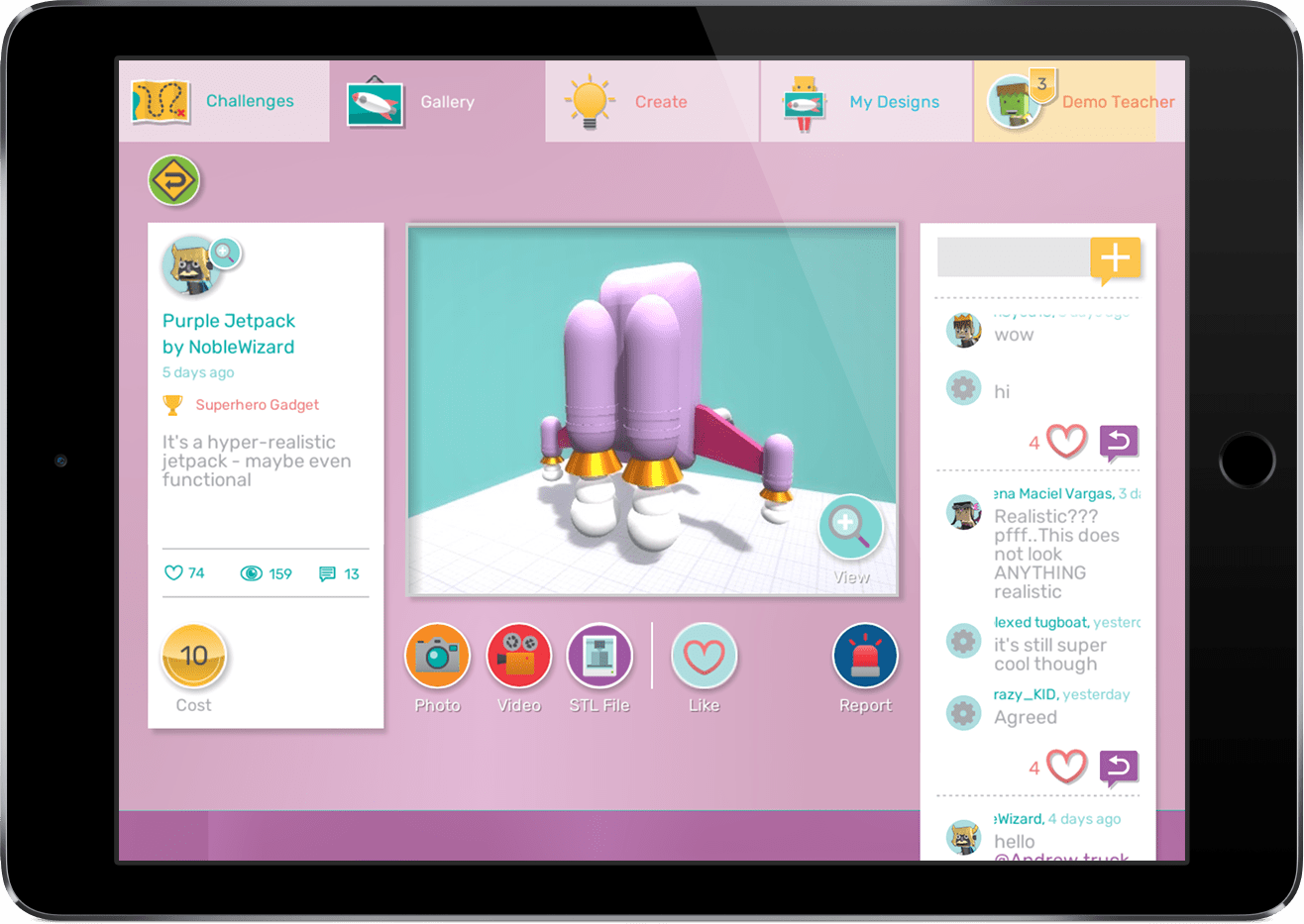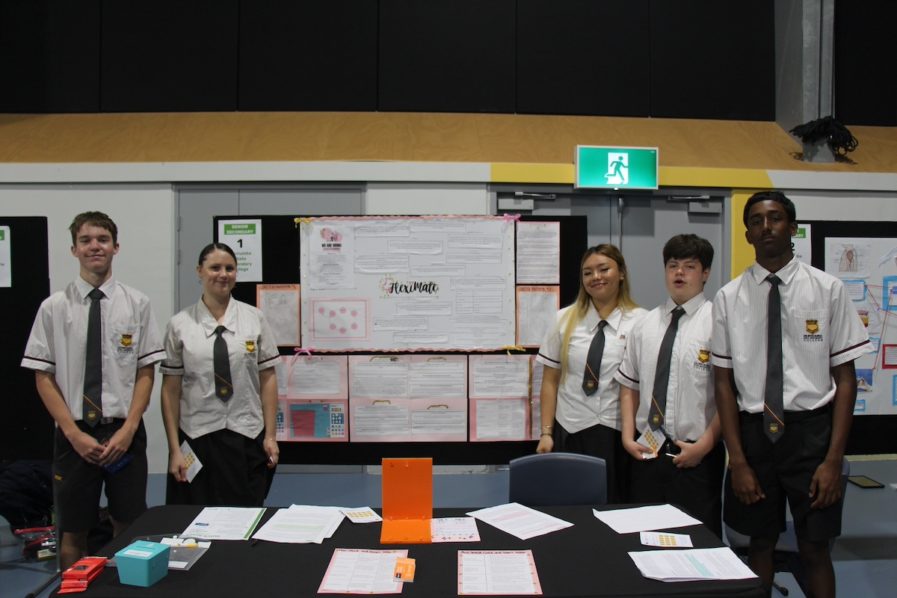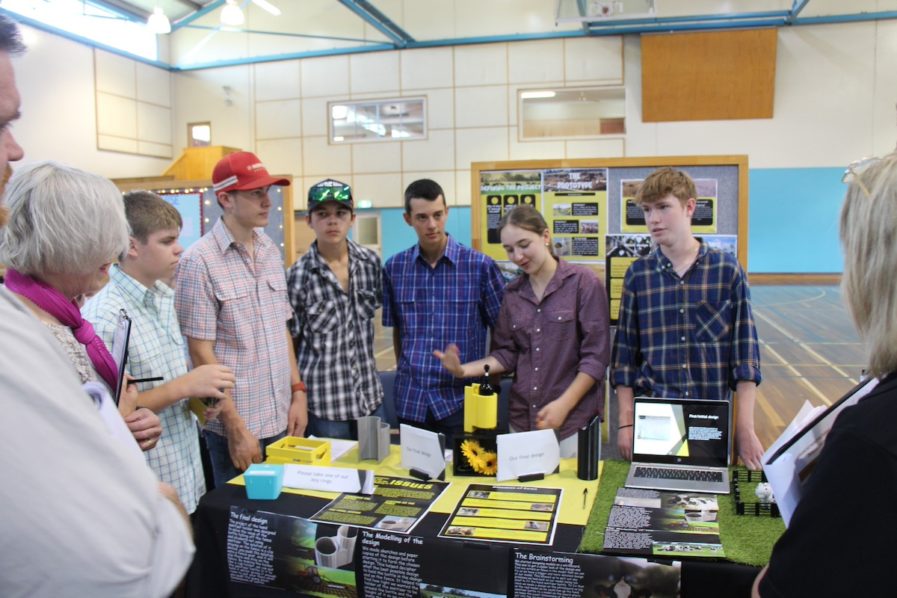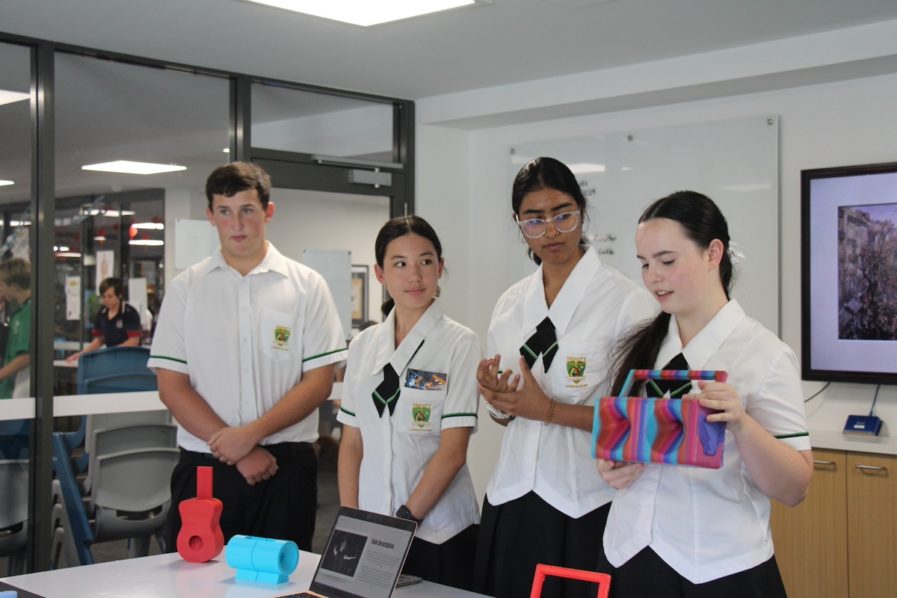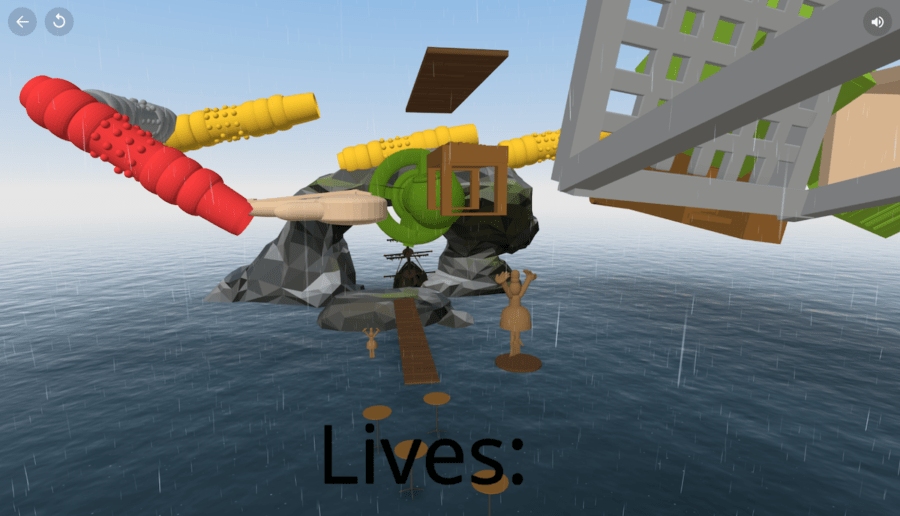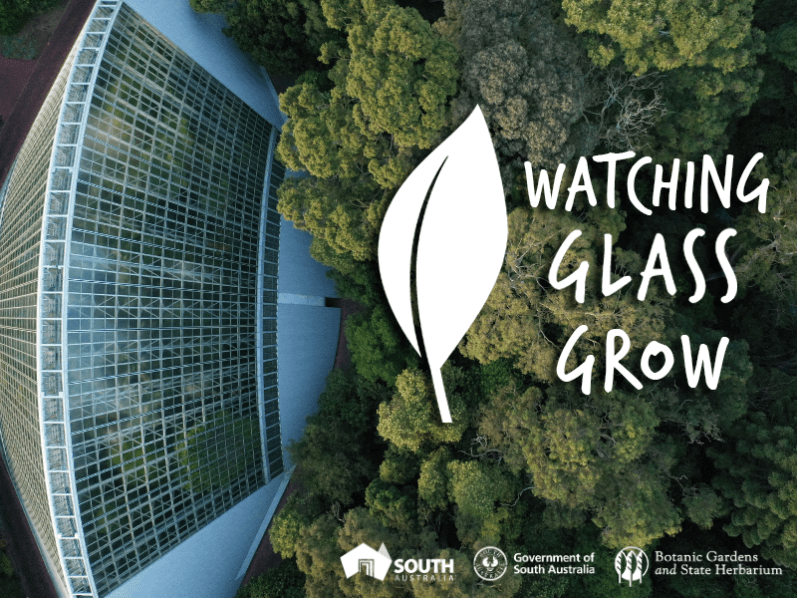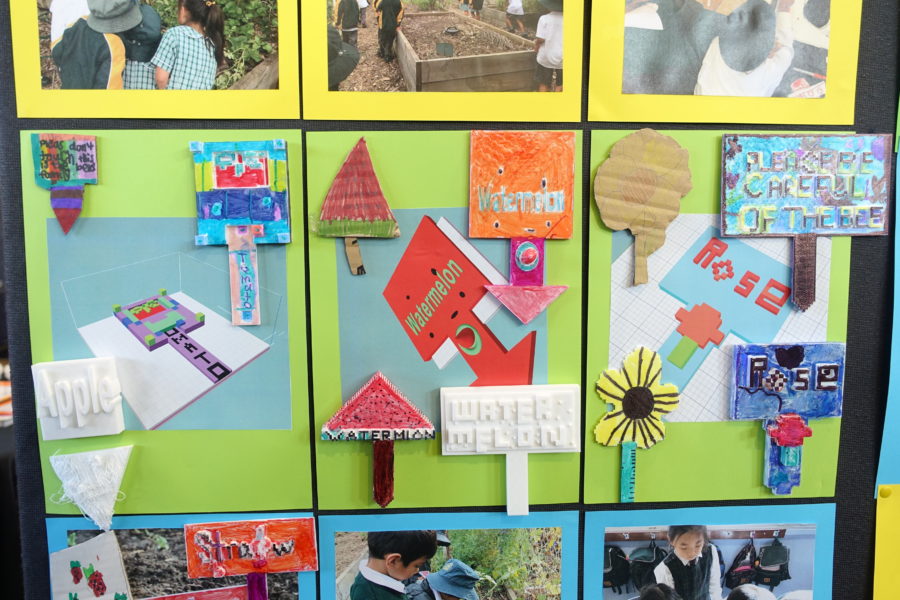Makers Empire’s 3D Design software can really help young designers to think scientifically. Here are our top 10 design challenges for K-8 students that bring science and 3D design together.
What Do You Notice?
Scientists make observations. They are curious and take notice of the world around them. They think about their observations and ask questions that can be investigated. Take students outside to make observations and challenge them to represent their observations in 3D.
Mix it up
Learning about mixtures and solutions? Challenge students to invent the machine or tool for separating components in a given mixture.
Ice Blocker
What is the quickest way to change water from a liquid to a solid state? Challenge students to design ice block trays that will freeze a specific amount of water the quickest. Do shallow trays freeze water quicker than deeper ones? Is there a particular shape that makes the most effective ice tray?
Shadows
Design and 3D print objects that can be used as shadow puppets to explore concepts related to light.
Bubble Magic
Challenge students to design and 3D print bubble wands. Use the bubble wands for students to make observations about the bubbles. What do they notice about color? About shape? Texture? Movement? Check out a step-by-step guide to Makers Empire’s ‘Bubble Blower’ 3D printing lesson plan.
Planet Profile
Organise students into small groups and allocate each group a different planet in our solar system.
The design challenge is to create a model of the planet that demonstrates what we know about the features, texture, materials etc. of the planet’s surface.
Life Cycle
As a group, students create models that illustrate each stage of a life cycle for frogs, butterflies or chicken etc.
Contemporary Science
Investigate a contemporary science issue such as ocean pollution or genetically modified food. What are the issues and opinions on this topic? What do scientists know and think? What are some possible solutions that have been suggested by scientists? How can your students represent these ideas in 3D?
Food Chain
Interactions between organisms, including the effects of human activities, can be represented by food chains and food webs. How might this be represented in 3D?
Changes, Changes Everywhere…
Sudden geological changes and extreme weather events can affect Earth’s surface. Challenge students to demonstrate their understanding of this concept. Have every student create a design of Earth’s surface and then allocate a different geological change, natural disaster or extreme weather event to each student. They now need to make changes to their Earth surface design to show the possible effects.
Makers Empire’s lesson ideas are free, quick and easy ideas to get you started with 3D design and printing. We hope you enjoyed this post.
AUTHOR BIOGRAPHY

Mandi Dimitriadis, DipT. is an experienced classroom teacher who recognizes the power of technology to enhance teaching and improve educational outcomes. Mandi has extensive experience with curriculum development and learning, having previously developed programs for the Australian Government’s Department of Education. She is passionate about Design Thinking and how best to prepare today’s students for the future.
Makers Empire helps K-8 teachers teach Design Thinking, STEM and 21st-century learning skills using 3D printing. Our pioneering 3D solutions for schools include 3D modelling software, over 150 lesson plans aligned with international standards and professional development. With Makers Empire, engaged students learn how to solve real-world problems and make their world better.

